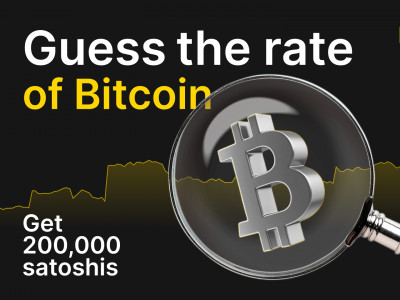
Setting a Goal and Developing a Strategy
Once the trader has set his goals and strategy, he should follow them. Do not change your plan unless there are new facts or changes in the market.
You need to start your journey in trading by creating a trading strategy.
- Determine what you want to achieve through your trading. For example, you may want to earn a certain amount of money, learn how to trade the cryptocurrency market, or protect your investment from possible losses.
- Research the cryptocurrency market and understand how it works. Research various cryptocurrencies, their past and current prices, technical analysis and news to understand which cryptocurrencies might be interesting to trade.
- Determine which trading style suits you best - long-term or short-term. A long-term approach means buying cryptocurrencies for the purpose of investment, while a short-term approach means buying and selling cryptocurrencies for speculation.
- Determine your risk profile, i.e. what level of risk you are willing to accept in your trades. Evaluate your capital and decide how much you are willing to lose in the event of unsuccessful trading.
- Create a risk management plan that determines how much capital you are willing to risk on each trade. Determine limitations on the level of your stop loss and possible losses to avoid significant losses.
- Determine when you will enter and exit the market. Use price chart analysis to determine entry and exit levels and make sure your strategy aligns with your risk profile and risk management.
- Test your strategy on historical data using trading simulators before you start real trading. This will help you understand how your strategy works in different market situations.
- The cryptocurrency market is constantly changing, so it is important to update your strategy and adapt to changes in the market. Keep an eye on the news, technical analysis and fundamentals to update your strategy according to changes in the market. Keep an eye on the news, technical analysis and fundamentals to update your strategy according to changes in the market.
Don't Panic
There are a few recipes to help a trader not panic when trading cryptocurrencies:
- Stay cool: The cryptocurrency market is volatile and volatile, so don't panic over a short-term change in price.
- Follow your strategy: follow your plan and keep trading according to it.
- Stay informed: Stay alert to news and market movements so you understand why price movements occur.
- Manage your emotions: managing your emotions is a key skill for successful cryptocurrency trading.
- Work with professionals: ask professional traders or risk management consultants.
Using Stop Losses
A stop loss is a tool that helps traders limit their losses. You can set a stop loss at a certain level which ensures that you will exit the trade if the price reaches a certain level. This will help you avoid large losses in case the market moves against you.
Don't Overload Yourself with Information
In trading, it can be tempting to get a lot of information about the market in order to make more accurate decisions. However, information overload can lead to confusion and unnecessary risks. Choose a few reliable sources of information and follow them to avoid information overload.
Conclusion
Controlling emotions is a key component of successful cryptocurrency trading.
An important aspect is developing a strategy that will determine your discipline and approach to trading. Don't forget the importance of planning and analyzing information, and don't let your emotions take over. To avoid FOMO, you need to know your goals clearly and remain realistic. Don't expect to make a quick buck and don't forget about the risks that are always present when trading cryptocurrencies.
Use market analysis tools and filter information, follow trends and use common sense when making decisions. Remember that emotions can be your enemy in the cryptocurrency market, but with the right strategy and discipline you can succeed in trading and achieve all your goals.








 Verification protects your account
Verification protects your account 













